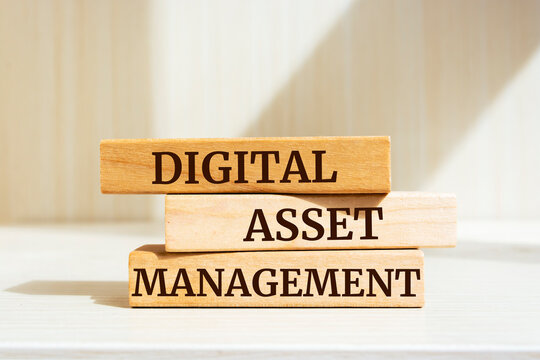Digital assets are data that represent a resource or an asset.
These may be files, images, videos, audio clips and more. Organizations have the responsibility to manage their digital assets with care so as not to lose them for good in the event of a disaster or security breach.

There are four steps you can take when managing your digital assets:
- Identify use cases and main users in your business
- Assess your collections and locate where your digital assets are stored currently
- Assign value to your digital assets
- Safeguard your digital assets
1. Identify use cases and main users in your business
Every business has digital assets, whether it’s customer data, website content, or social media accounts. And while these assets are critical to the success of your business, they can also be a big headache to manage.
That’s why it’s important to identify the use cases and main users for your digital assets. This will help you better understand how your assets are being used and who is responsible for them. It will also help you create a system for managing your assets that is tailored to your specific needs.
When you’re first starting to develop digital assets, it can be tricky to know what to create and who will use it. To help guide your development process, it’s important to identify the use cases and main users for your assets. Here are a few tips to get you started.
- Define the purpose of your digital asset. What do you want it to accomplish?
- Identify who will use your digital asset and how they will use it.
- Develop Personas for your main users. What are their needs and goals?
- Create prototypes and test them with your users. What do they think of your digital asset?
- Make revisions based on user feedback. By taking the time to define the purpose and users for your digital asset, you’ll be well on your way
2. Assess your collections and locate where your digital assets are stored currently
When it comes to your digital assets, it’s important to take stock of what you have and where it’s all stored. This can be a daunting task, but it’s essential in order to ensure that your assets are well-organized and easy to find.
There are a few different ways to go about this. You can do a manual inventory of all your digital assets, or you can use a digital asset management system to help you keep track of everything. Whichever method you choose, be sure to take note of where your assets are stored and how they are categorized. This will make it much easier to find what you need when you need it.
3. Assign value to your digital assets
Your digital assets are the foundation of your online presence. They include everything from your website and social media accounts to your email list and blog content. And if you want to build a successful online business, you need to learn how to assign value to your digital assets.
Some factors to consider when assigning value to your digital assets include: –
- How much traffic do they generate?
- How much engagement do they get?
- How much revenue do they generate?
The bottom line is that your digital assets are only worth as much as they generate for your business. If you want to maximize the value of your online presence, you need to focus on creating high-quality content that drives traffic and engagement.
4. Safeguard your digital assets
In the age of the internet, our digital assets are often more valuable to us than our physical possessions. From our personal photos and videos to our work documents and files, these items are a big part of our lives. And just like our physical belongings, we need to safeguard our digital assets from theft, loss, and damage.
There are a number of ways you can do this, but one of the best is to use a reliable cloud-based storage service. With a service like this, you can rest assured that your files are safe and sound, and that you can access them from anywhere in the world.
So if you’re looking to protect your digital assets, be sure to invest in a good cloud-based storage solution.
To sum up, digital assets should be managed in a way that is thoughtful and proactive. By taking into account your company’s needs and the ever-changing landscape of the digital world, you can create a system that will work for you now and in the future. If you need help with your digital assets, please get in touch with us to see if we can help you.



